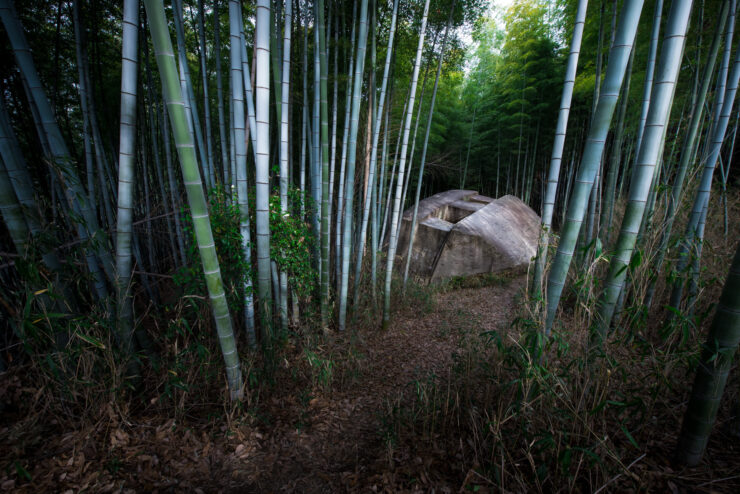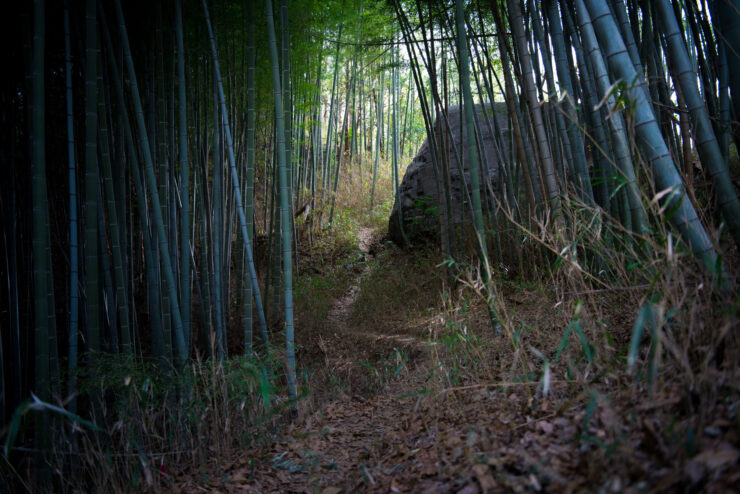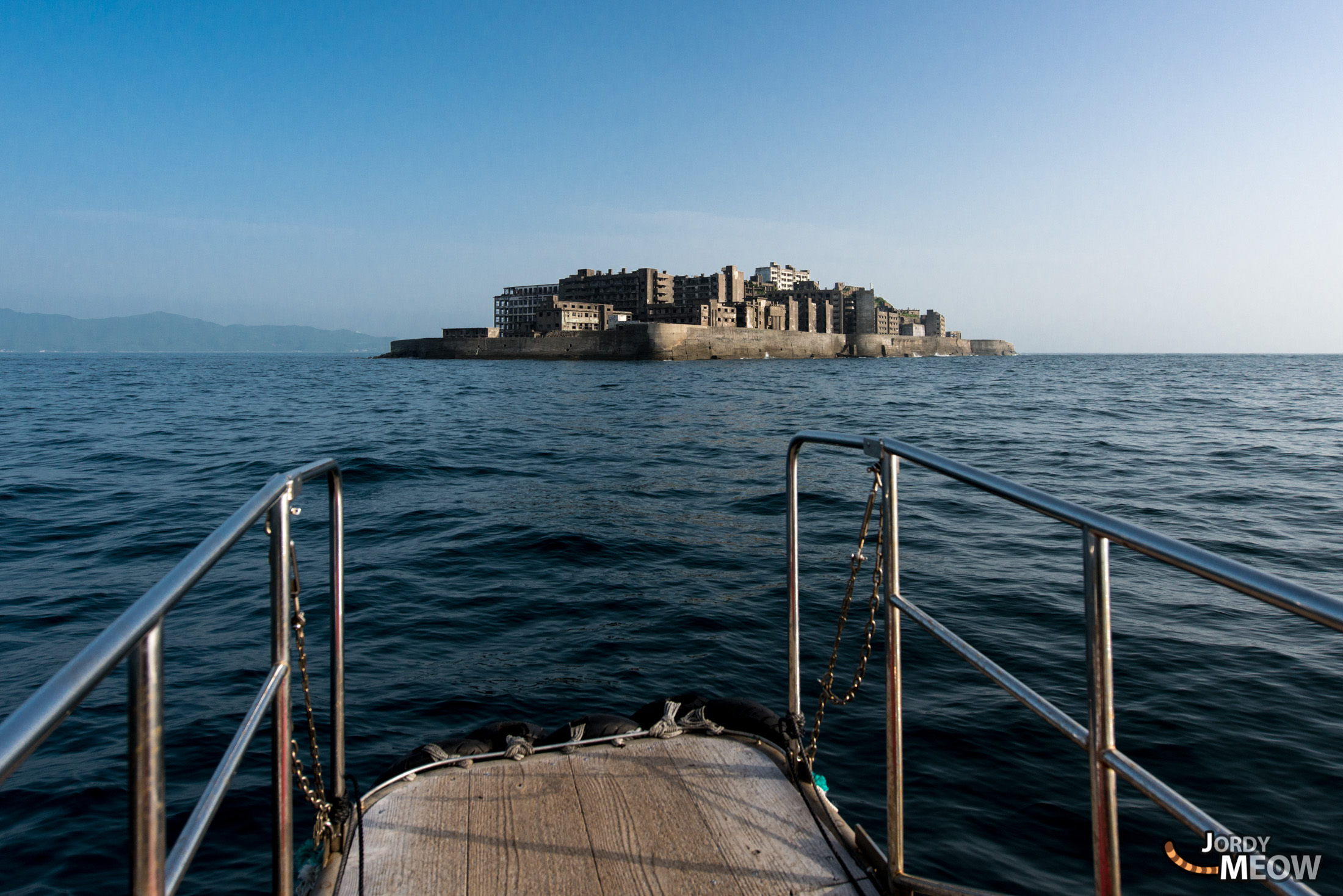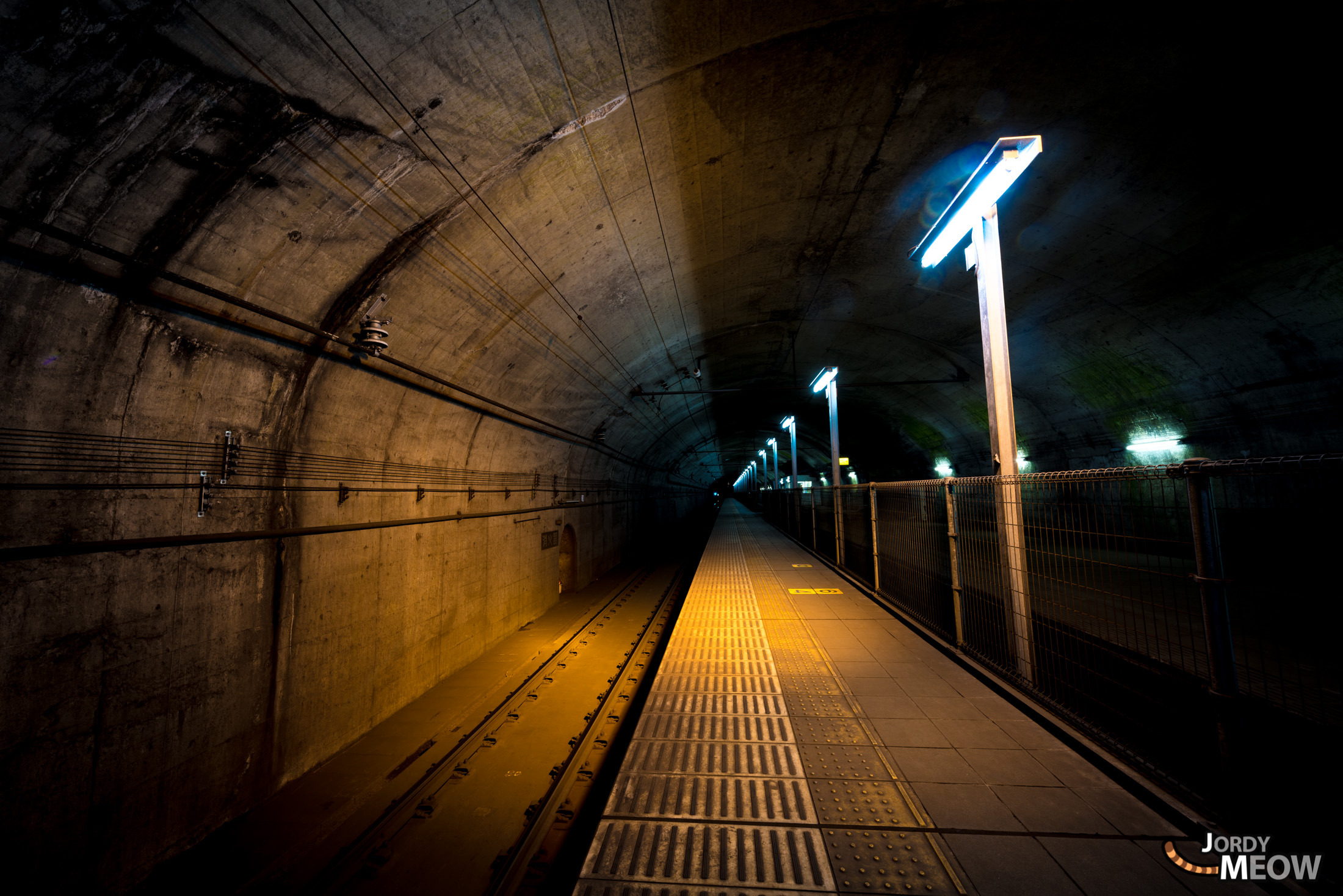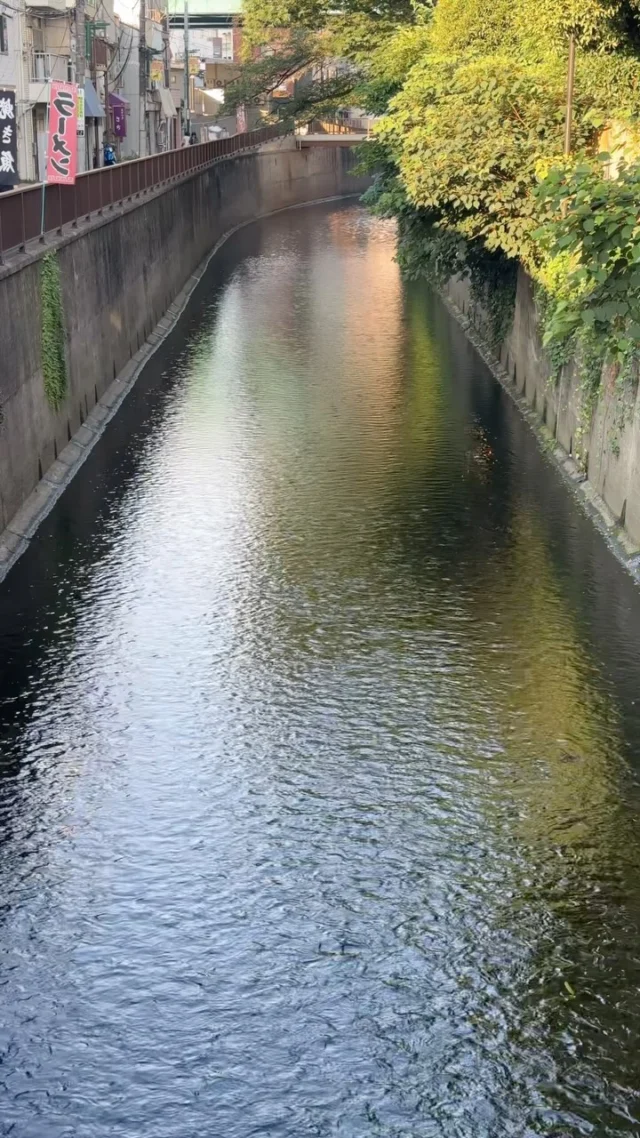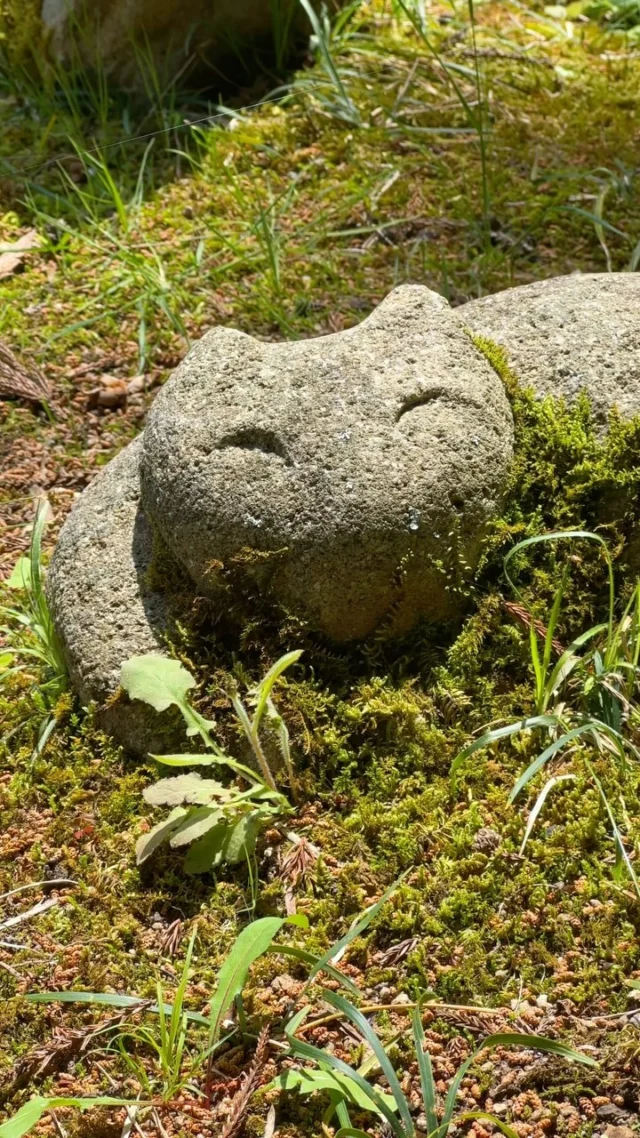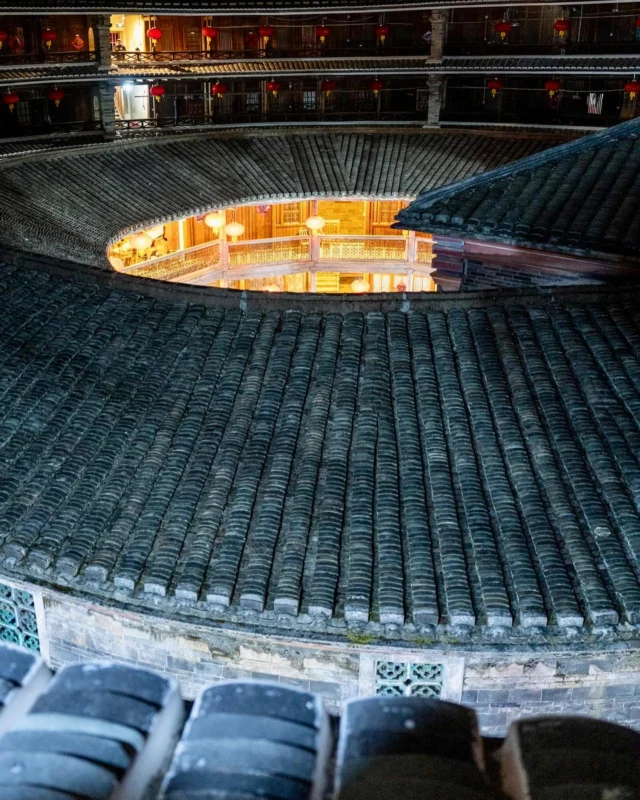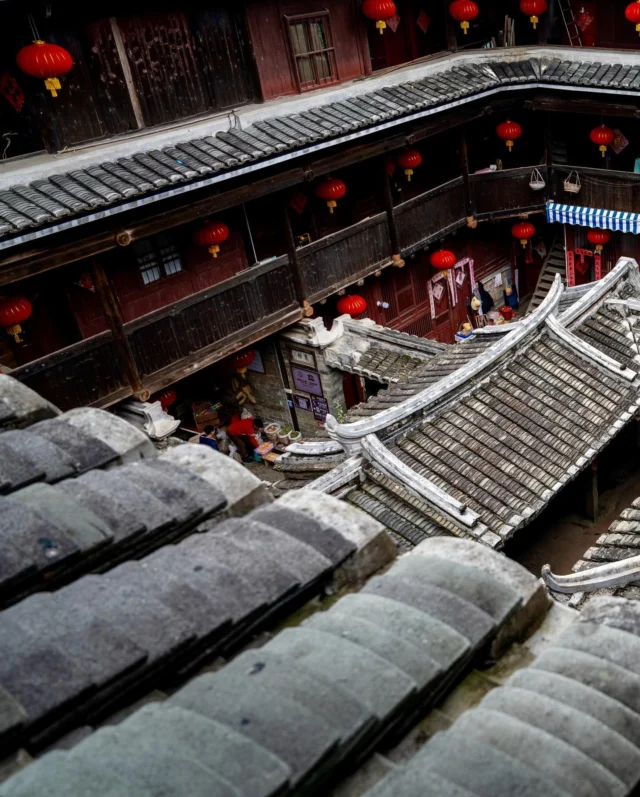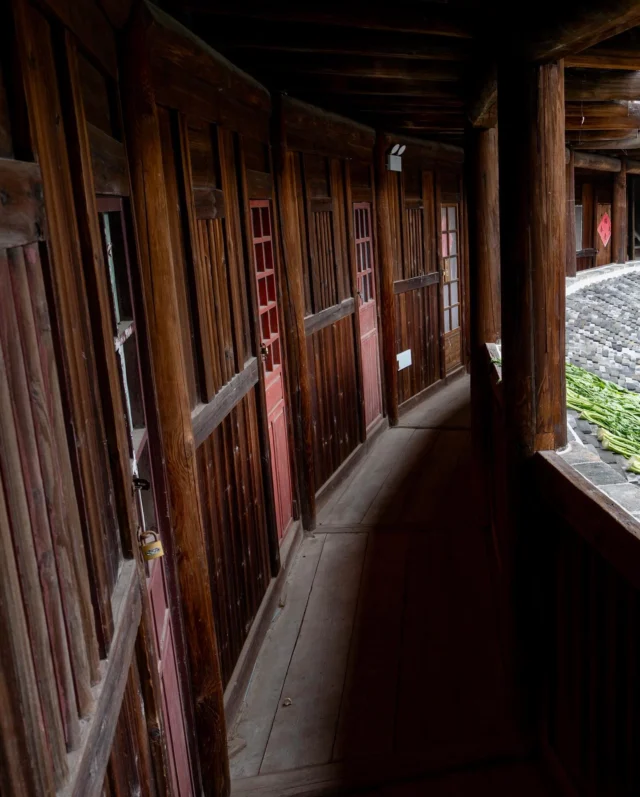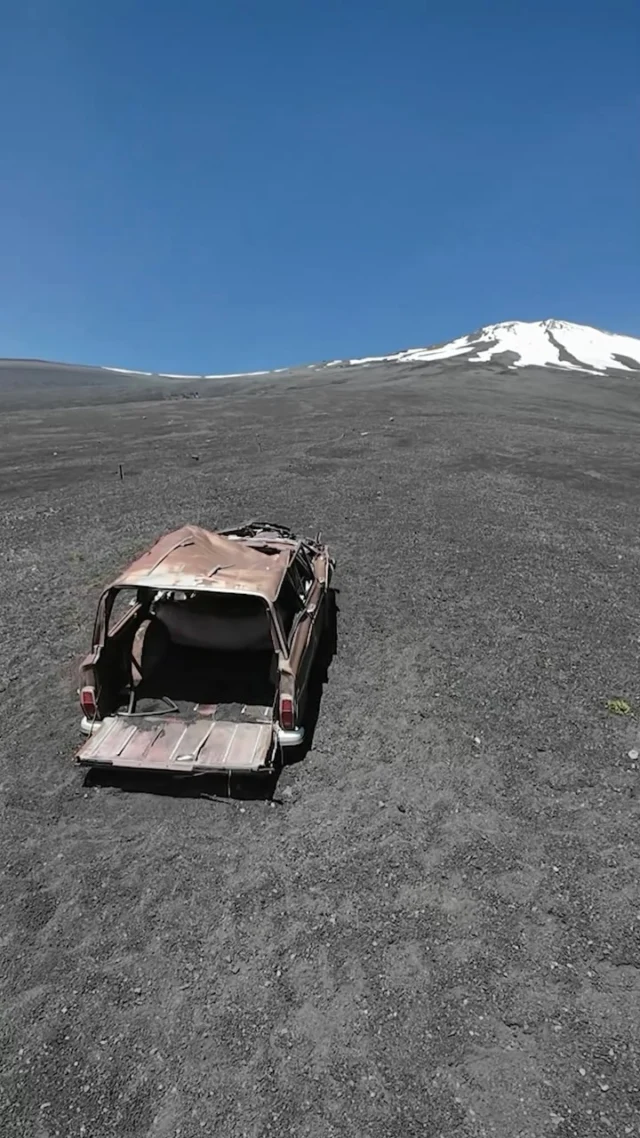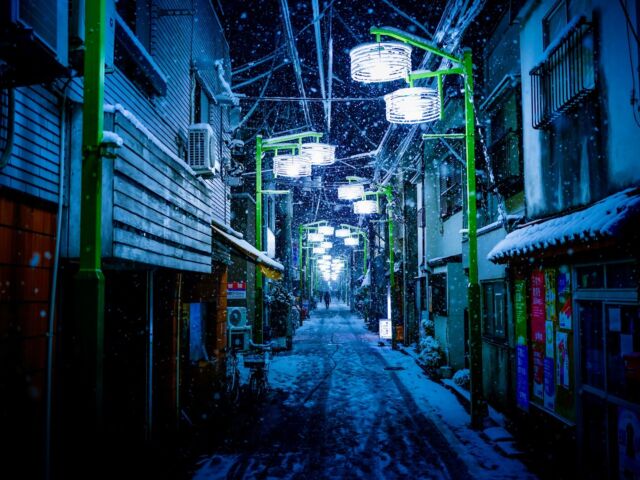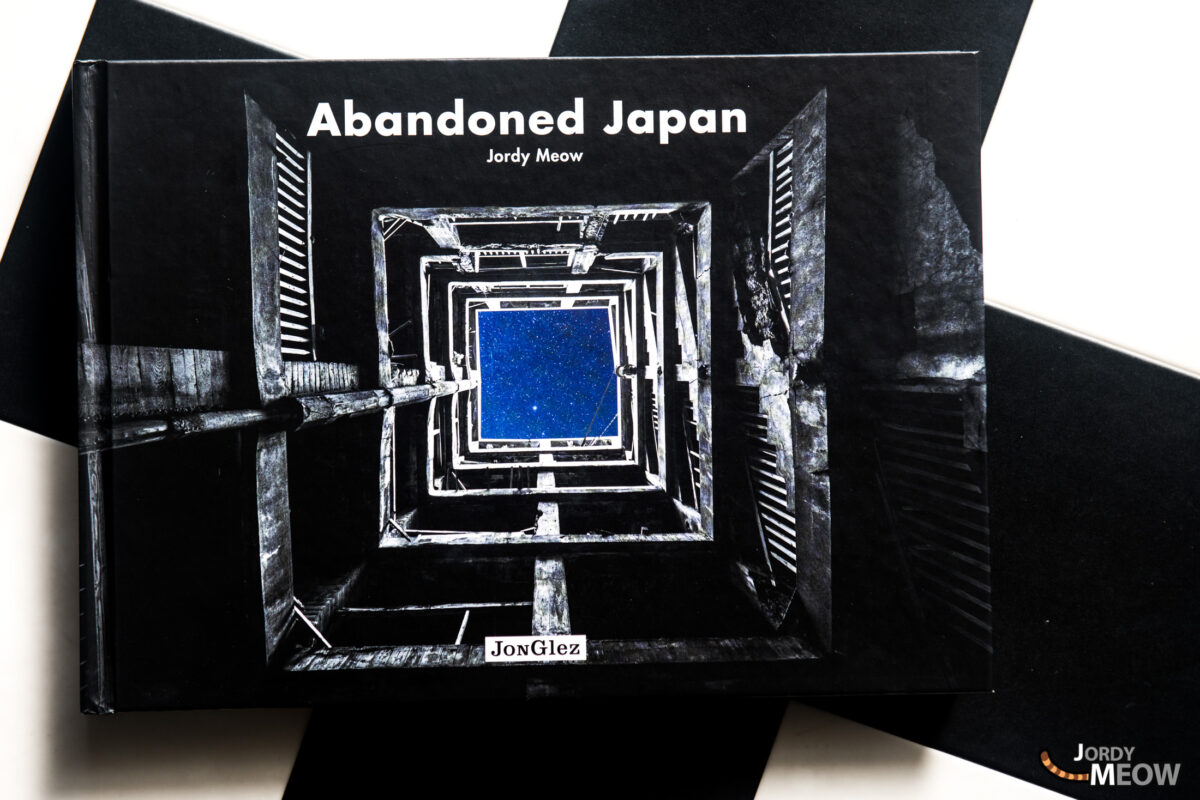The ancient origins of the village date back to the Tumulus period, also known as Kofun Jidai (AD 250–552). This period of Japanese history is characterized by a specific type of earth mound in the shape of a key and surrounded by moats. But what attracts curious visitors and explorers to Asuka is the presence of strangely carved granite stones. The most popular of these is Masuda-no-iwafune (literally “Rock Ship of Masuda”, 益 田 岩 船 in Japanese).
This 800-tonne block of stone, 11 metres long by 8 metres wide and 4.7 metres high, is on the summit of a hill. The top has been flattened and two square-metre holes chiseled out of the side. The “rock ship” nickname probably comes from its resemblance to a canoe or proximity to Lake Masuda. However, the nearby body of water has been drained as part of regional development.
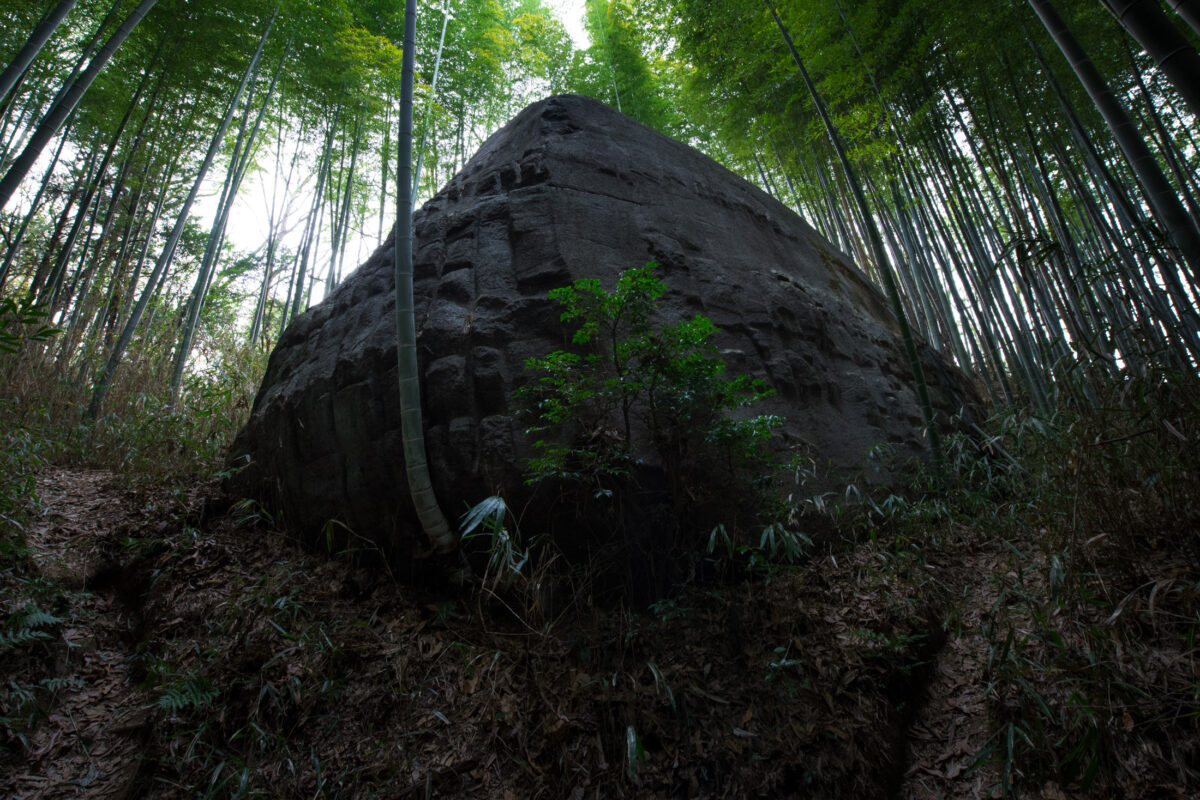
The side facing the top of the slope has been smoothed at an angle of 45 degrees to the ground. On the other three sides, trellis-shaped chisel marks can be seen close to the ground. These marks are probably linked to the way the builders smoothed the surface of the rock. Because granite is known to be difficult to carve (even with modern tools), this sculpture fascinates specialists and scientists who consider it a technical wonder.
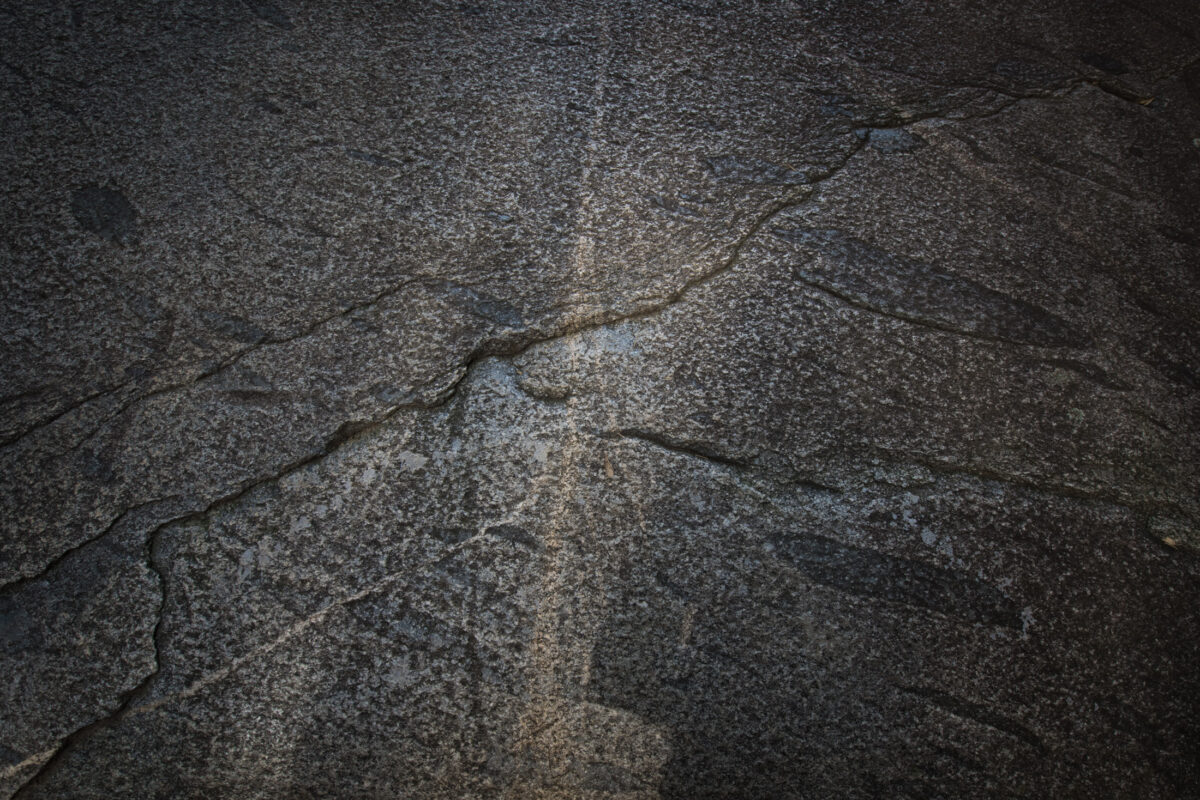
Different theories
This mysterious monolith dates back to the Kofun period, given the historical context of the region. There are various theories on the reason for its construction.
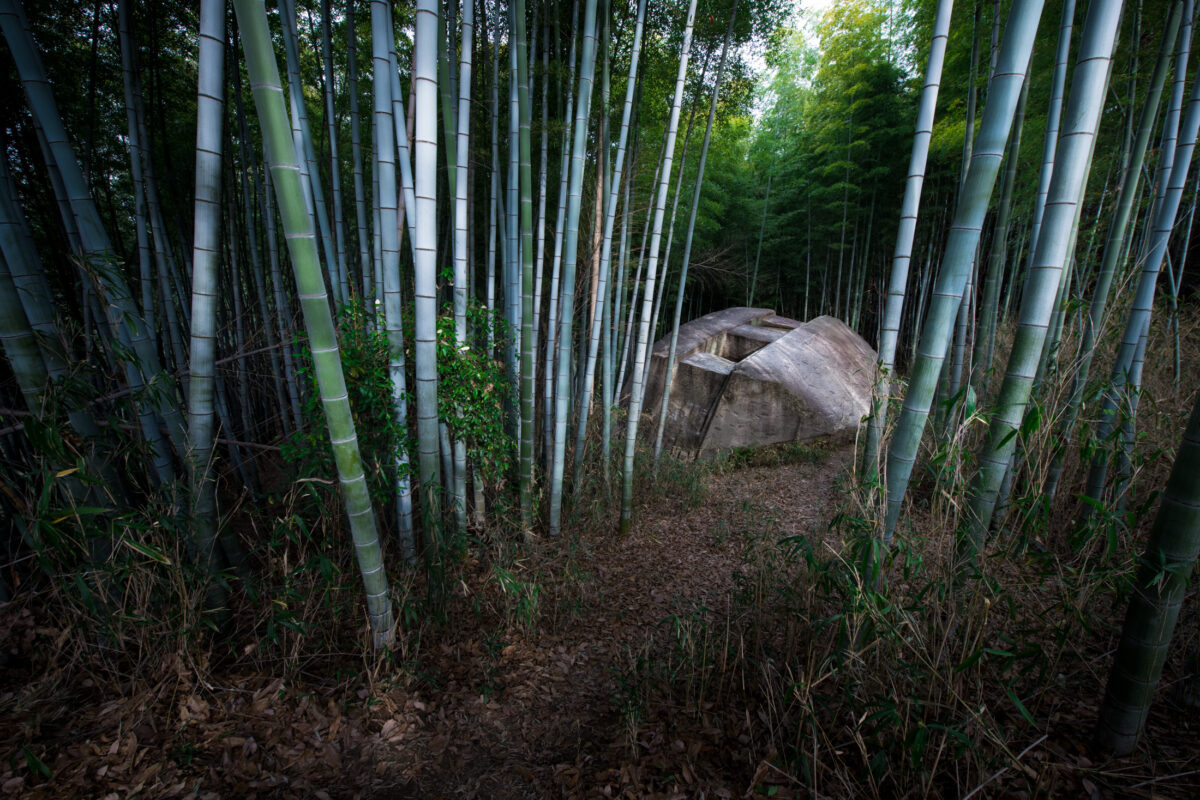
As there are many Buddhist temples in the region, one hypothesis is that the sculpture was made for religious or ceremonial purposes. However, the form and style are nothing like any other Buddhist construction.
Another theory suggests that, as its name suggests, this stone commemorated the nearby Lake Masuda, which has since disappeared. Again, there is little evidence to support this.
The most popular theory is that the stone was used as an astronomical observation point. Its orientation in alignment with the slope suggests that the monolith may be linked to the Japanese lunar calendar (important for early agriculture) and to the first astronomical observations. This is however contested by certain specialists.
Other historians suggest that the rock marks a burial site for royalty, of which only the entrance would have been completed. This still doesn’t explain the unusual features of the structure.
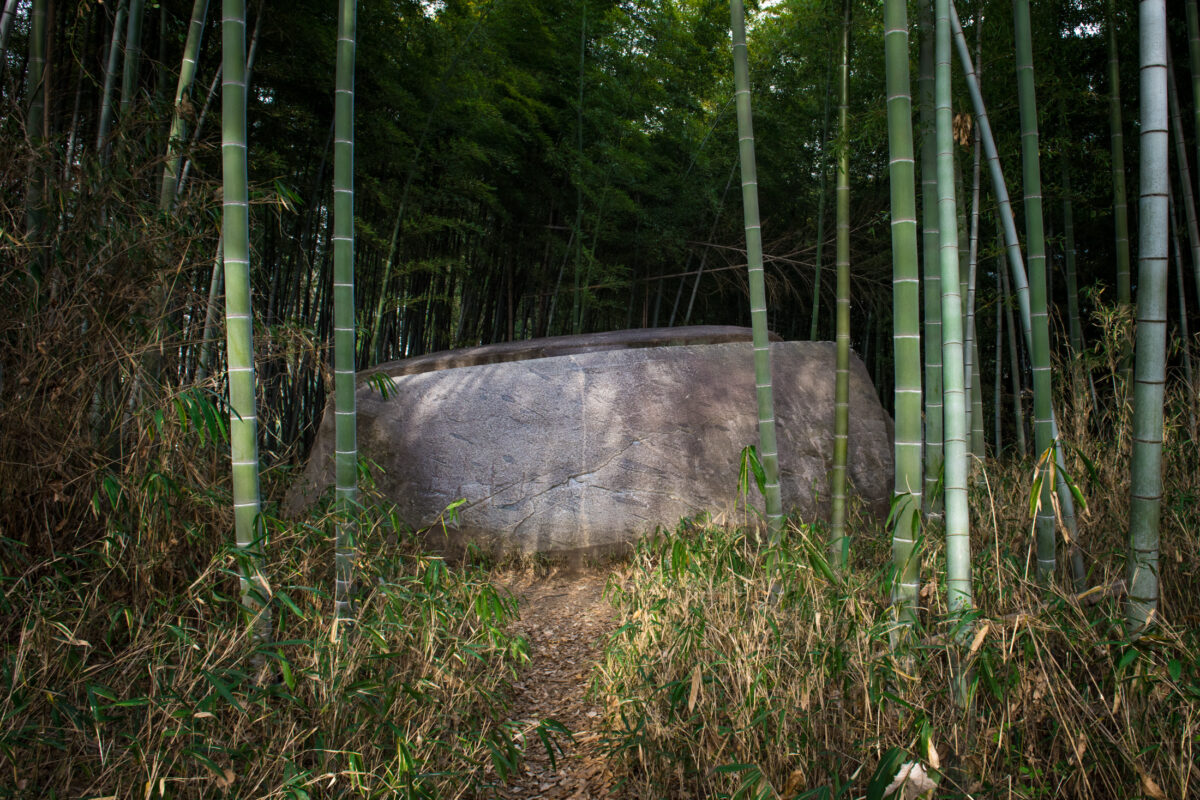
Even today the enigma of whys and wherefores remains, with a lack of solid evidence on the meaning of this mysterious spaceship of stone.
And for more awesome content about Japan, follow Jordy Meow on Instagram ! 🎵

